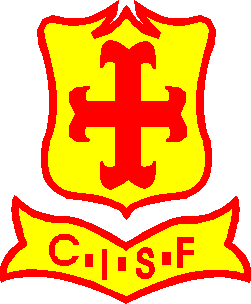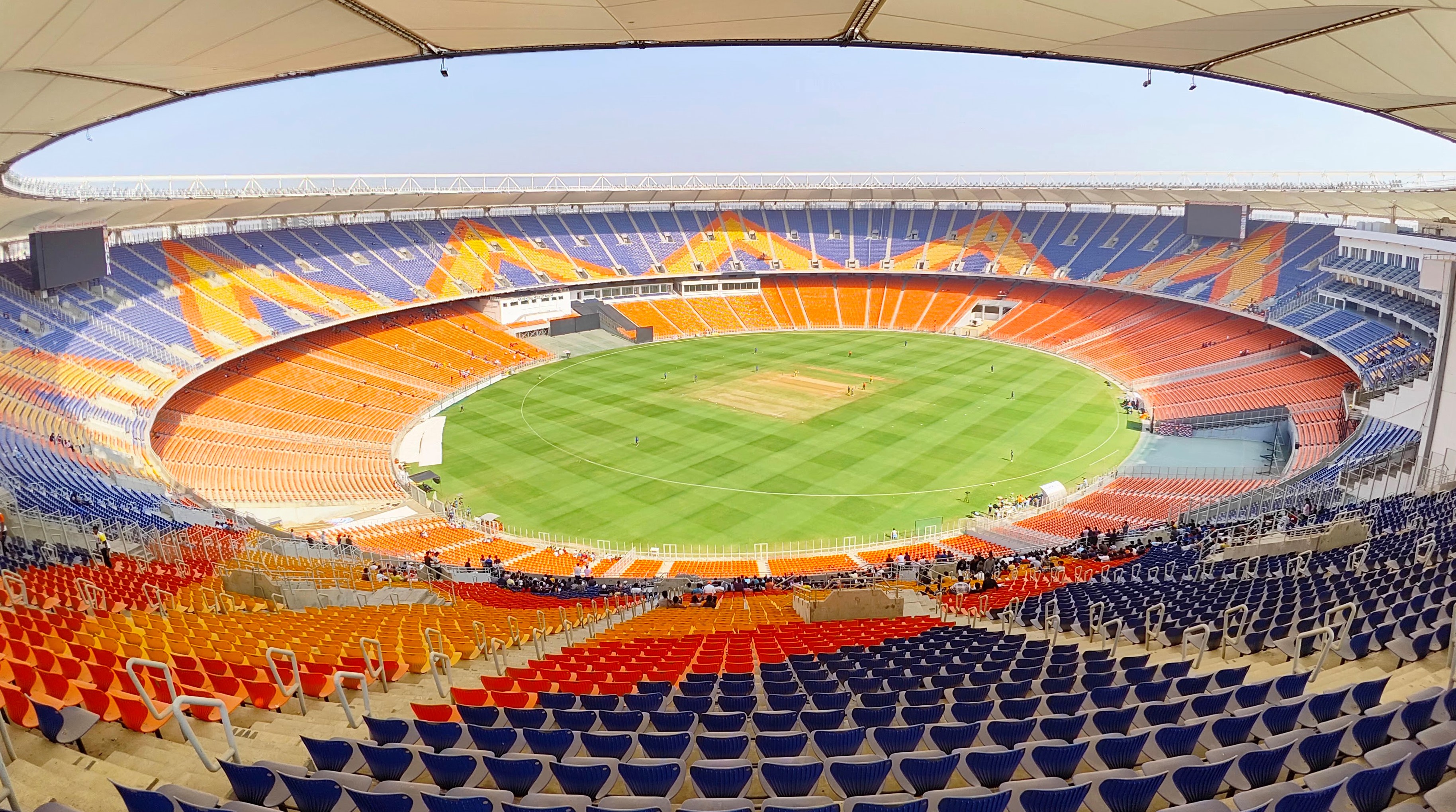|
Estadio Alfonso López Pumarejo
The Alfonso López Pumarejo Stadium is a soccer stadium of National University of Colombia located at University City of Bogotá. It is named after Alfonso López Pumarejo Alfonso López Pumarejo (31 January 1886 – 20 November 1959) was a Colombian political figure, who twice served as President of Colombia, as a member of the Colombian Liberal Party. He served as President of Colombia from 1934 to 1938 and aga .... References Sports venues completed in 1938 Football venues in Bogotá Estadio Alfonso López Pumarejo Sports venues in Bogotá 1938 establishments in Colombia {{Colombia-sports-venue-stub ... [...More Info...] [...Related Items...] OR: [Wikipedia] [Google] [Baidu] |
Bogotá
Bogotá (, also , , ), officially Bogotá, Distrito Capital, abbreviated Bogotá, D.C., and formerly known as Santa Fe de Bogotá (; ) during the Spanish Imperial period and between 1991 and 2000, is the capital city, capital and largest city of Colombia, and one of the List of largest cities, largest cities in the world. The city is administered as the Capital District, as well as the capital of, though not politically part of, the surrounding department of Cundinamarca Department, Cundinamarca. Bogotá is a territorial entity of the first order, with the same administrative status as the departments of Colombia. It is the main political, economic, administrative, industrial, cultural, aeronautical, technological, scientific, medical and educational center of the country and northern South America. Bogotá was founded as the capital of the New Kingdom of Granada on 6 August 1538 by Spanish conquistador Gonzalo Jiménez de Quesada after a harsh Spanish conquest of the Muisca, e ... [...More Info...] [...Related Items...] OR: [Wikipedia] [Google] [Baidu] |
National University Of Colombia
The National University of Colombia () is a national public research university in Colombia, with general campuses in Bogotá, Medellín, Manizales and Palmira, and satellite campuses in Leticia, San Andrés, Arauca, Tumaco, and La Paz, Cesar. Established in 1867 by an act of the Congress of Colombia, it is one of the largest universities in the country, with more than 53,000 students. The university grants academic degrees and offers 450 academic programmes, including 95 undergraduate degrees, 83 academic specializations, 40 medical specialties, 167 master's degrees, and 65 doctorates. Approximately 44,000 students are enrolled for an undergraduate degree and 8,000 for a postgraduate degree. It is also one of the few universities that employs postdoctorate fellows in the country. The university is a member of the Association of Colombian Universities (ASCUN), the Iberoamerican Association of Postgraduate Universities (AUIP), and the Iberoamerican University Network ... [...More Info...] [...Related Items...] OR: [Wikipedia] [Google] [Baidu] |
Leopold Rother
Leopold Siegfried Rother Cuhn (27 August 1894 – 3 July 1978) was a German-born Colombian architect, urban planner and educator. He developed projects, particularly in Colombia, including the design of the campus of the National University of Colombia (''Universidad Nacional de Colombia'') in Bogotá Bogotá (, also , , ), officially Bogotá, Distrito Capital, abbreviated Bogotá, D.C., and formerly known as Santa Fe de Bogotá (; ) during the Spanish Imperial period and between 1991 and 2000, is the capital city, capital and largest city .... External links *Luis Angel Arango Library Website– Biography Place of birth missing Place of death missing 1894 births 1978 deaths 20th-century Colombian educators 20th-century Colombian male artists 20th-century German architects 20th-century German educators 20th-century German male artists Artists from Bogotá Colombian urban planners German emigrants to Colombia German urban planners National Universi ... [...More Info...] [...Related Items...] OR: [Wikipedia] [Google] [Baidu] |
Independiente Santa Fe
Club Independiente Santa Fe, known simply as Santa Fe, is a Colombian professional Association football, football team based in Bogotá, that currently plays in the Categoría Primera A. They play their home games at the Estadio El Campín, El Campín stadium. Santa Fe is one of the three most successful teams in Colombia, winning eighteen titles, which include nine national championships (most recently in 2016 Categoría Primera A season, 2016), four Superliga Colombiana, two Copa Colombia, Copas Colombia, and international titles such as one Copa Sudamericana, one Suruga Bank Championship, and one Copa Simón Bolívar. Santa Fe is one of the three clubs that has played every championship in the Categoría Primera A. Santa Fe became the first Colombian team to win the Copa Sudamericana, and the first and only Colombian team to win an official tournament outside America. The club was recognized as one of the ten best clubs in the world in 2015 by the International Federation of Foo ... [...More Info...] [...Related Items...] OR: [Wikipedia] [Google] [Baidu] |
Millonarios Fútbol Club
Millonarios Fútbol Club, known simply as Millonarios, is a Colombian professional football club based in Bogotá, that competes in the Categoría Primera A, top flight of football in Colombia. It is one of the most successful and iconic clubs in Colombia, making it one of the largest sports entities in the country and one of the most important in South America. The team's origins date back to the 1920s, but it began to be called Los Millonarios in 1937 when its name was Club Deportivo Municipal. It was officially founded on 18 June 1946, as Club Deportivo Los Millonarios, and later as Millonarios Fútbol Club on 20 April 2011, when it was reconstituted as a public limited company. Since 1938, the team has played their home games at Estadio El Campín which currently holds a 36,343 capacity. Millonarios has participated in the Categoría Primera A since its inception in 1948, being one of only three teams to have participated in all of its tournaments, along with Independiente ... [...More Info...] [...Related Items...] OR: [Wikipedia] [Google] [Baidu] |
Boyacá Chicó
Boyacá is the name of a region in Colombia. It may refer to other connections to Colombia: * Battle of Boyacá * Boyacá Department (Gran Colombia) * Boyacá Department ** Boyacá, Boyacá, a municipality * Boyacá State, a former state * Puerto Boyacá, a town and municipality in the Boyacá Department In Bogotá * Boyacá (TransMilenio), a bus station * Puente de Boyacá The Puente de Boyacá (in English: Bridge of Boyacá) is a bridge located 110 km east of Bogotá and 14 km west from Tunja in a valley, crossing the Teatinos River near the Pan-American Highway. It was the site of the historic battle ..., a bridge In Tunja * Boyacá Chicó F.C. {{Disambig, geo ... [...More Info...] [...Related Items...] OR: [Wikipedia] [Google] [Baidu] |
La Equidad
Club Deportivo La Equidad, also known as La Equidad, is a professional Colombian football team based in Bogotá, that currently plays in the Categoría Primera A. They play their home games at the Metropolitano de Techo stadium. History La Equidad was founded in 1982 by its namesake company ''Seguros La Equidad'', and immediately after its foundation it entered the Olaya Tournament, a traditional amateur football tournament in Bogotá. La Equidad's first appearance in the 1982–83 edition of the tournament was supported by Independiente Santa Fe, which handed over a manager and several players of their youth ranks to take part in the competition, which was ultimately won by them. In 1993, La Equidad was officially constituted as an amateur club and joined the Bogotá Football League (''Liga de Fútbol de Bogotá''), entering the Categoría Primera C as well as the different youth tournaments organized by the regional amateur football league. In 2003, La Equidad turned into a pr ... [...More Info...] [...Related Items...] OR: [Wikipedia] [Google] [Baidu] |
Bogotá F
Bogotá (, also , , ), officially Bogotá, Distrito Capital, abbreviated Bogotá, D.C., and formerly known as Santa Fe de Bogotá (; ) during the Spanish Imperial period and between 1991 and 2000, is the capital city, capital and largest city of Colombia, and one of the List of largest cities, largest cities in the world. The city is administered as the Capital District, as well as the capital of, though not politically part of, the surrounding department of Cundinamarca Department, Cundinamarca. Bogotá is a territorial entity of the first order, with the same administrative status as the departments of Colombia. It is the main political, economic, administrative, industrial, cultural, aeronautical, technological, scientific, medical and educational center of the country and northern South America. Bogotá was founded as the capital of the New Kingdom of Granada on 6 August 1538 by Spanish conquistador Gonzalo Jiménez de Quesada after a harsh Spanish conquest of the Muisca, e ... [...More Info...] [...Related Items...] OR: [Wikipedia] [Google] [Baidu] |
Stadium
A stadium (: stadiums or stadia) is a place or venue for (mostly) outdoor sports, concerts, or other events and consists of a field or stage completely or partially surrounded by a tiered structure designed to allow spectators to stand or sit and view the event. Pausanias noted that for about half a century the only event at the ancient Greek Olympic festival was the race that comprised one length of the stadion at Olympia, where the word "stadium" originated. Most of the stadiums with a capacity of at least 10,000 are used for association football. Other popular stadium sports include gridiron football, baseball, cricket, the various codes of rugby, field lacrosse, bandy, and bullfighting. Many large sports venues are also used for concerts. Etymology "Stadium" is the Latin form of the Greek word " stadion" (''στάδιον''), a measure of length equalling the length of 600 human feet. As feet are of variable length the exact length of a stadion depends on the ex ... [...More Info...] [...Related Items...] OR: [Wikipedia] [Google] [Baidu] |
University City Of Bogotá
A university () is an institution of tertiary education and research which awards academic degrees in several academic disciplines. ''University'' is derived from the Latin phrase , which roughly means "community of teachers and scholars". Universities typically offer both undergraduate and postgraduate programs. The first universities in Europe were established by Catholic monks. The University of Bologna (), Italy, which was founded in 1088, is the first university in the sense of: *being a high degree-awarding institute. *using the word (which was coined at its foundation). *having independence from the ecclesiastic schools and issuing secular as well as non-secular degrees (with teaching conducted by both clergy and non-clergy): grammar, rhetoric, logic, theology, canon law and notarial law.Hunt Janin: "The university in medieval life, 1179–1499", McFarland, 2008, , p. 55f.de Ridder-Symoens, Hilde''A History of the University in Europe: Volume 1, Universities in the Middl ... [...More Info...] [...Related Items...] OR: [Wikipedia] [Google] [Baidu] |
Alfonso López Pumarejo
Alfonso López Pumarejo (31 January 1886 – 20 November 1959) was a Colombian political figure, who twice served as President of Colombia, as a member of the Colombian Liberal Party. He served as President of Colombia from 1934 to 1938 and again from 1942 to 1946. Biography Alfonso López Pumarejo was born in Honda (Tolima) to Pedro Aquilino López Medina, a businessman and Rosario Pumarejo Cotes. Alfonso López Pumarejo went on to study at the London School of Economics. His son, Alfonso López Michelsen, was president of Colombia between 1974 and 1978. The first administration of Alfonso López Pumarejo (1934–38) known as the "revolución en marcha", has proven an enduring theme of historical interest.Stoller, R. (1995). Alfonso López Pumarejo and Liberal Radicalism in 1930s Colombia. Journal of Latin American Studies, 27(2), 367–397. doi:10.1017/S0022216X00010798 He was elected president in 1934 almost unopposed, and as the second participant of the so-called Li ... [...More Info...] [...Related Items...] OR: [Wikipedia] [Google] [Baidu] |





